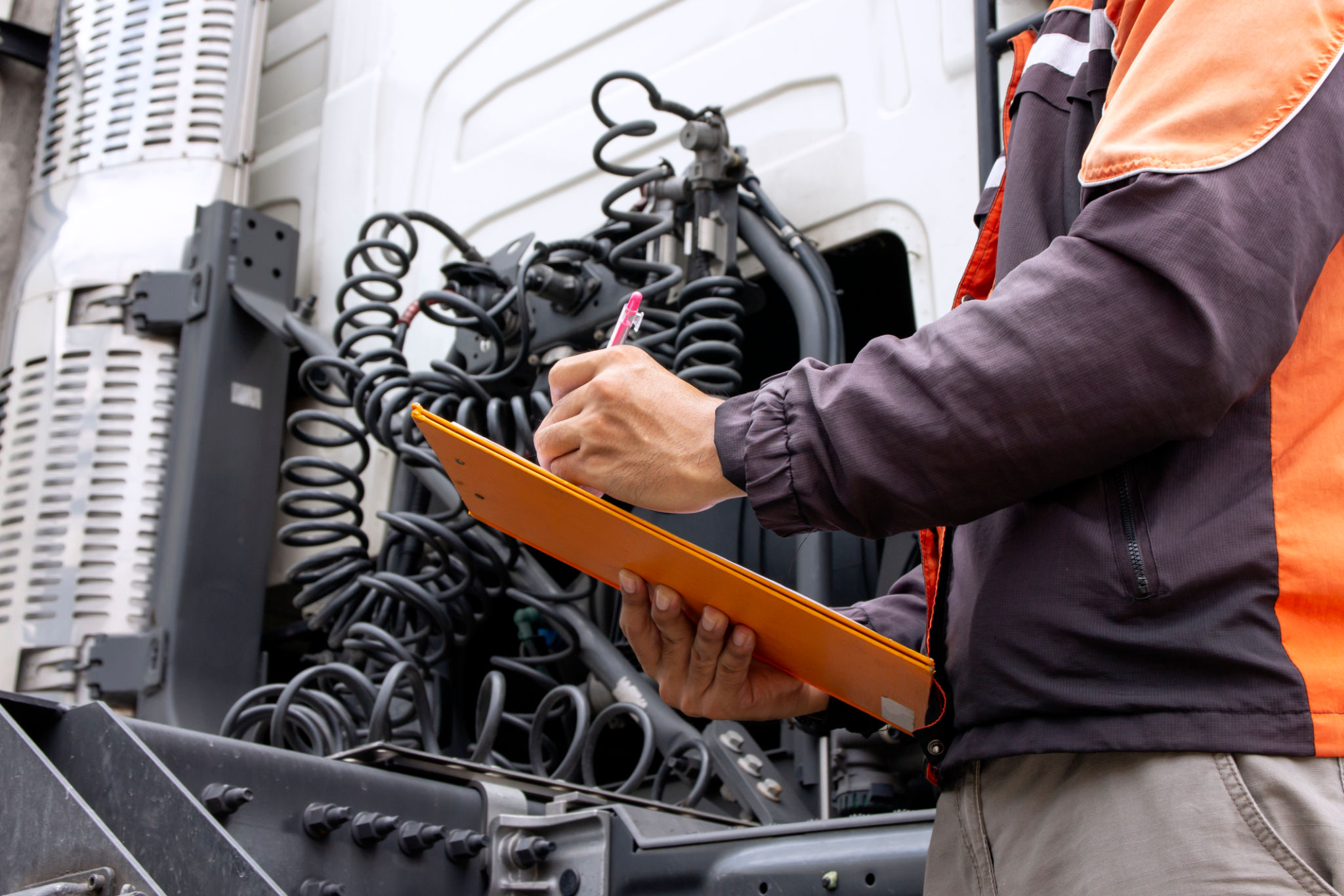How to Prepare Your Truck Fleet for Minnesota Winters: Tips from Freight Lines Inc
Understanding the Challenges of Minnesota Winters
As winter approaches, truck fleet managers in Minnesota face unique challenges. The state's harsh weather conditions, including snow, ice, and freezing temperatures, can significantly impact the safety and efficiency of your fleet operations. Preparing your fleet for these conditions is crucial to ensure smooth operations and avoid costly downtime.

Conduct Thorough Inspections
One of the first steps in preparing your truck fleet for winter is conducting thorough inspections. Ensure that each vehicle is in optimal condition by checking critical components such as brakes, tires, and batteries. Brakes should be inspected for wear and tear, and tires must have adequate tread depth to handle slippery roads.
Batteries often suffer in cold weather, so it's essential to check their charge and replace any that are weak. Additionally, inspect the vehicle's heating system to ensure it’s fully functional to keep drivers warm and windows clear.

Equip Your Fleet with the Right Tools
Equipping your fleet with the right tools can make a significant difference during Minnesota winters. Ensure all trucks are fitted with winter-grade tires for better traction on icy roads. Snow chains should also be available for extreme conditions where added grip is necessary.
Additionally, stock each vehicle with winter emergency kits. These kits should include essentials like blankets, flashlights, food, water, and first-aid supplies. Having these on board can be a lifesaver in case of unexpected breakdowns or delays.

Keep Fluids in Check
Cold weather can have a profound effect on various fluids in your trucks. It's vital to use winter-grade oil and coolant that can withstand lower temperatures. Ensure that windshield washer fluid is rated for freezing temperatures to prevent it from freezing on the windshield.
Regularly check and top off other fluids such as transmission fluid, power steering fluid, and brake fluid. Keeping an eye on these will help maintain vehicle performance and prevent potential mechanical issues during the winter months.
Train Your Drivers
Driver training is an often-overlooked aspect of winter preparation. Ensure your drivers are well-versed in winter driving techniques and understand the importance of maintaining safe following distances and reduced speeds. Remind them to be vigilant about road conditions and to avoid sudden maneuvers that could lead to accidents.

Implement a Winter Maintenance Schedule
Adopting a proactive maintenance schedule during winter can significantly reduce the risk of breakdowns. Schedule regular check-ups to catch any potential issues before they become major problems. Pay special attention to components that are more susceptible to cold weather damage.
By implementing a comprehensive winter maintenance schedule, you ensure that your fleet remains reliable and ready to tackle any challenge that Minnesota winters may present.
Stay Informed About Weather Conditions
Keeping up-to-date with weather forecasts is crucial for planning routes and schedules. Utilize reliable weather apps and services to monitor conditions along your routes. Adjust plans as necessary to avoid severe weather and ensure the safety of your drivers.

Utilize Technology for Better Management
Technology can play a pivotal role in managing your fleet during winter. Implement GPS tracking systems to monitor vehicle locations and ensure drivers are on safe routes. Additionally, use telematics to receive real-time data on vehicle performance and potential issues.
This data-driven approach allows you to make informed decisions quickly, ensuring your fleet remains efficient even in challenging conditions.